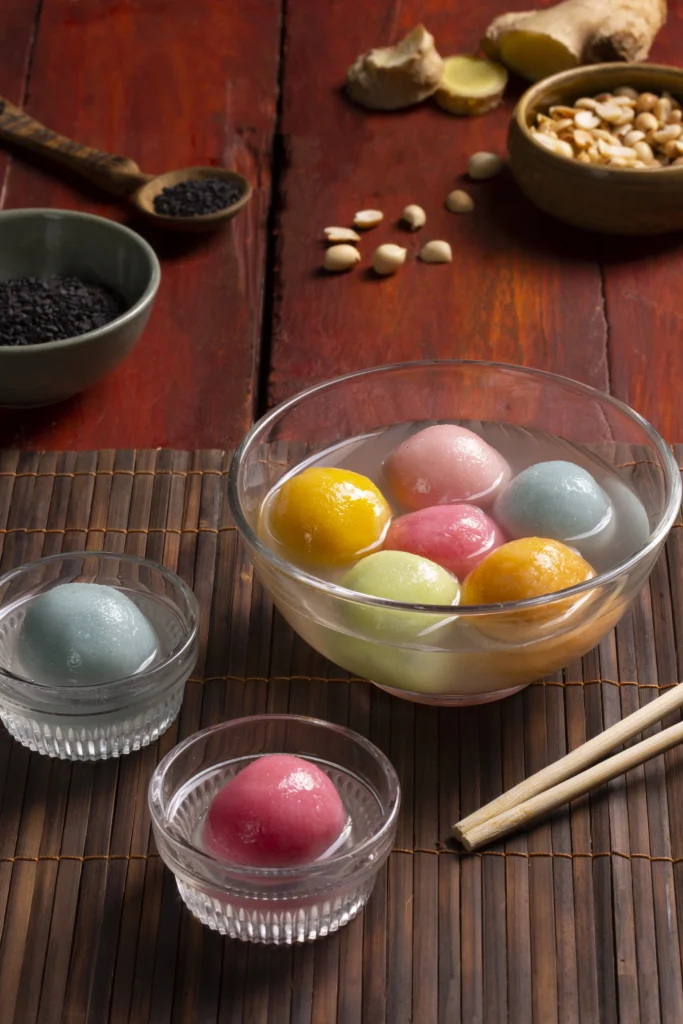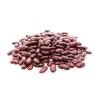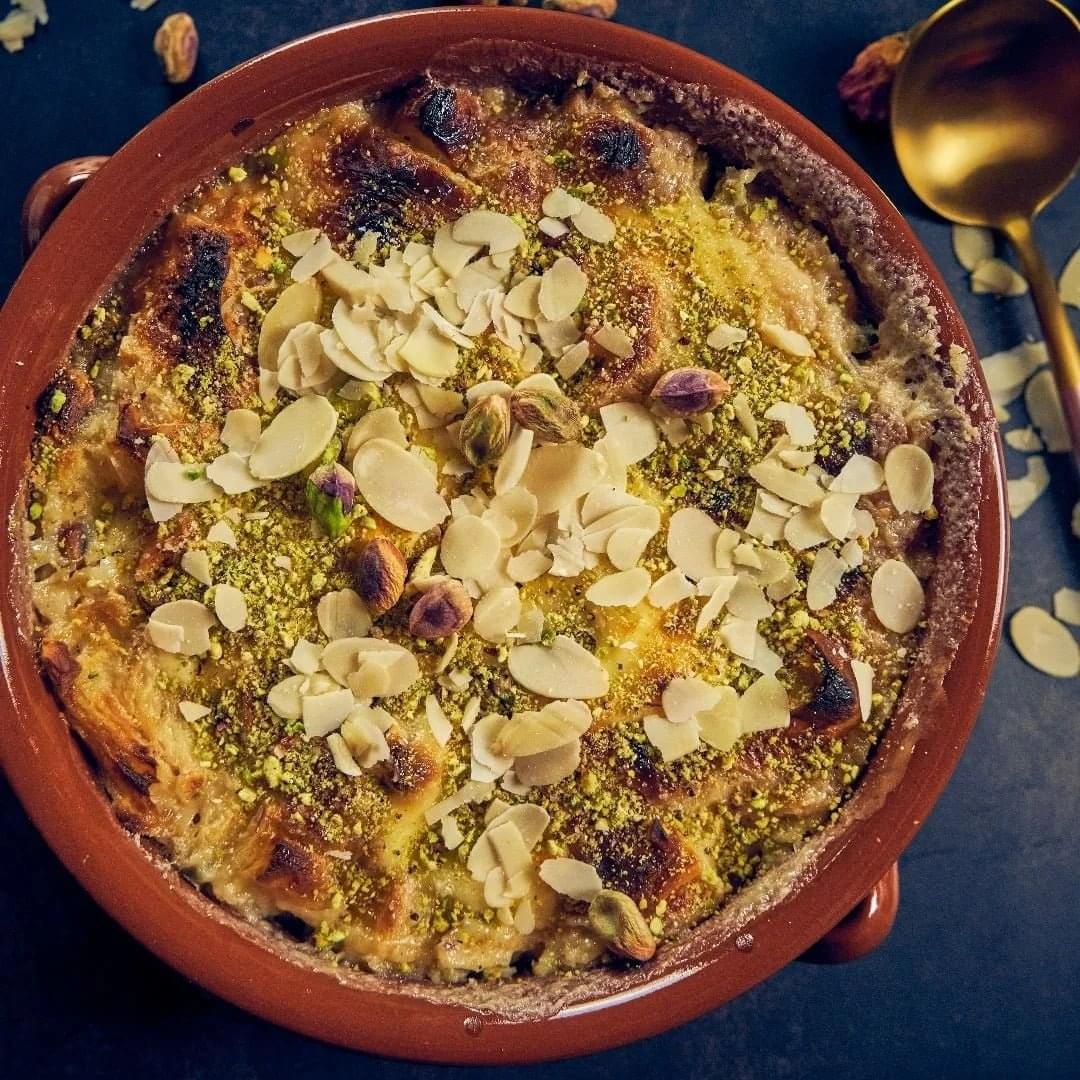Origins in the Tang Dynasty
Tang Yuan, also known as “汤圆” in Chinese, holds a cherished place in Chinese culinary culture, steeped in both historical significance and festive traditions. These glutinous rice balls are not just a delicacy; they carry profound cultural symbolism, especially during significant festivals like the Lantern Festival and Winter Solstice.
Historical Significance
Historically, Tang Yuan has roots tracing back to the Tang Dynasty (618–907 AD). Legend has it that during the reign of Emperor Xuanzong, the custom of eating Yuanxiao on the fifteenth day of the first lunar month originated. This day marked the end of the Chinese New Year celebrations, and eating Yuanxiao symbolized family unity, prosperity, and the coming of spring.
Symbolism and Tradition
Tang Yuan’s round shape represents reunion and togetherness, reflecting the Confucian values of harmony and familial bonds ingrained in Chinese culture. The tradition of making and sharing Tang Yuan during festivals has been passed down through generations, fostering a sense of community and kinship.
Craftsmanship and Preparation
The cultural significance of Tang Yuan extends beyond its symbolism. Its preparation involves a meticulous process, from kneading glutinous rice flour into a smooth dough to forming perfect spheres filled with sweet or savory fillings, such as black sesame paste, red bean paste, or minced meat. This craftsmanship reflects the Chinese culinary tradition’s emphasis on balance, texture, and flavor.
Community and Heritage
Moreover, making this dessert is often a communal activity, with family members gathering in the kitchen to shape the dough and share stories, passing down recipes and techniques. This reinforces the cultural heritage associated with Tang Yuan, making it more than just a dish but a tangible link to Chinese identity and tradition.
Continuing Tradition
Today, Tang Yuan remains an integral part of Chinese culinary culture, enjoyed not only during festivals but also as a comforting treat during cold winter months. Whether served in a sweet soup or eaten on its own, Tang Yuan continues to evoke feelings of warmth, nostalgia, and connection to Chinese history and heritage.
Discover Traditional Chinese Recipes Discover Traditional Recipes From Asia You may like this also: Iranian Faloodeh
Chinese Tang Yuan (Glutinous Rice Balls)
Ingredients
For Sweet Soup
Instructions
-
Put the pre-soaked red beans in a pot, add enough water to cover and boil until soft. Put the pre-soaked red beans in a pot, add enough water to cover and boil until soft. Meanwhile, steam the sweet potatoes until soft.
-
Put the boiled potatoes on a deep plate. Mash them with a blender or a suitable tool and mix. Add the glutinous rice flour. Divide the dough according to the number of colors you will make. Add the ingredients you will use for coloring (red beans, black sesame powder, red yeast powder, green tea powder or any other coloring ingredient you like) to each piece of dough and mix until you get a soft dough.
You can also use pureed colored fruits for coloring (passion fruit, kiwi, etc.) After preparing the dough, pour the pureed fruit through a strainer and pour the juice over the dough and knead. -
Boil water in a saucepan. Put the colored dough that you have shaped into rounds into the boiling water. Boil until they start to float on the surface of the water. Floating means they are cooked. Remove the cooked balls to a serving plate with the help of a strainer.
-
Instruction of Sweet Soup
For the sweet soup, put all the ingredients from the sweet soup section in a saucepan. Heat until boiling. Turn off the heat when the sugar is completely dissolved.
-
Put the colored tang yuan balls you prepared for serving in a bowl. Pour some of the sweet soup you have prepared over them. Tang Yuan is ready. Bon Appetit!













User Reviews
really interesting recipe i’ll try this